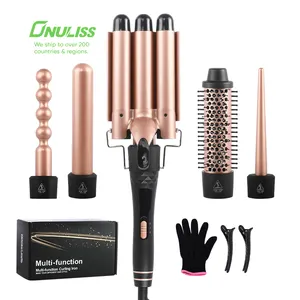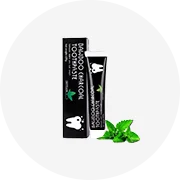Sektörünüzde popüler










































































































































































































































En iyi kategoriler
büyük yazma pedi hakkında
Ayaklar gibi belirli insan vücudu parçaları, günlük faaliyetlerde büyük sorumluluklar taşır. Derin yatıştırıcı. büyük yazma pedi ürünleri cildin parlaklığını geri kazanmaya ve yaşlanma sürecini yavaşlatmaya yardımcı olur. Gerçekten de rahatsız edici olmayan çeşitlilik. Alibaba.com'daki büyük yazma pedi ürünleri, hayranlık uyandıran ayak hijyeninin korunmasına yardımcı olur.
Yeniliklerin tadını çıkarın. büyük yazma pedi Kremler, losyon temizleyiciler, masaj ekipmanları ve ayak maskeleri gibi pedikür öğeleriyle devrim yapın. Sağlıklı cildi gençleştirerek ve topuk çatlaklarını ve ayak parmaklarını ortadan kaldırarak ayak derisinin ve tabanlarının çekici kalmasına yardımcı olurlar. Bu, vücuda yüksek benlik saygısı ile üzerinde yürümek için mükemmel bir çift topuklu bırakır.
Piyasada farklı ürünlerin çeşitli cilt hassasiyeti sorunları vardır. Ayaklar için neyin işe yaradığını seçmeniz tavsiye edilir. Ürünün dayanıklılığını, etkinliğini ve kullanım kolaylığını kontrol edin. Hepsi kanıtlanmış. Alibaba.com'daki büyük yazma pedi öğeleri sağlam bir garanti ve bilgi ifşası ile birlikte gelir. Ayaklar vücut ağırlığını sabit basınç altında tuttuğundan, düzenli bakıma ihtiyaç vardır. Vücudunuzdaki o zarif parıltı için alakalı öğeleri aramaya başlayın ve ayakları hayret edilecek bir sanat eserine dönüştürün.
Mesele ölü deriyi temizlemek, ovalamak veya ayakları nemlendirmek, Alibaba.com'daki büyük yazma pedi, mükemmel bir alışveriş deneyimi için tek noktadan alışveriş imkanı sunar. Günümüz insanı için olağanüstü cilt bakım ürünleriyle dönüşümsel bir yolculuğun başlangıcını yaşayın.






















